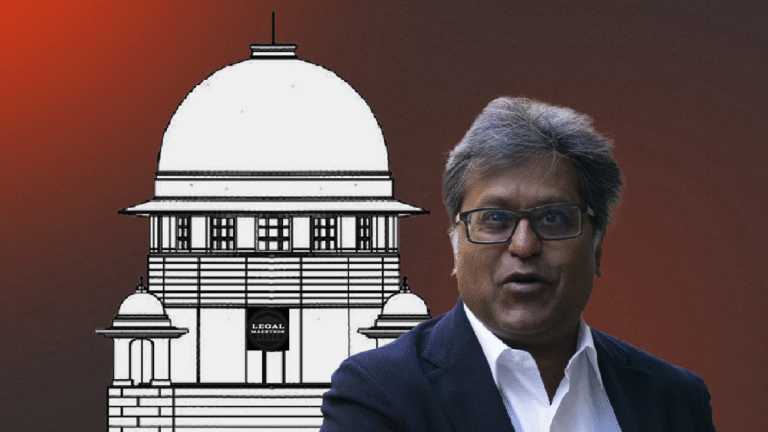
Language Row in India: What the Constitution of India Says About Linguistic Diversity and Rights
Introduction
India is a nation with a rich cultural heritage and linguistically diverse environment. The Constitution of India has acknowledged this diversity and has made provisions for the protection of linguistic rights and promotion of different languages. The current controversies and controversies relating to language policies have created what is commonly referred to as a language row in India. This paper discusses what the Constitution of India provides for linguistic diversity and rights. It analyzes the constitutional provisions for safeguarding languages, expatiates on the importance of the official language policy, and discusses the controversies and challenges emanating from this multifaceted issue.
Historical Background of Linguistic Diversity in India
India has been known to have a rich tradition of linguistic diversity, with hundreds of languages being spoken within the country. This historical depth has its roots in the ancient traditions, migrations, and regionalism that have influenced the country. Even prior to the promulgation of the Constitution, there existed an understanding of the significance of language in the development of cultural identity and social harmony. During the freedom movement, people’s leaders spoke much of languages contributing to bringing people together and preserving heritage. In the course of drafting the Constitution, the Constitution makers made a deliberate attempt at including provisions in the Constitution to acknowledge and guard this diversity. The experience of linguistic diversity at the historical point of India’s making weighed considerably in establishing the constitutional arrangement which still drives policies on language.
For More Updates & Regular Notes Join Our Whats App Group (https://chat.whatsapp.com/DkucckgAEJbCtXwXr2yIt0) and Telegram Group ( https://t.me/legalmaestroeducators )
For More Updates & Regular Notes Join Our Whats App Group (https://chat.whatsapp.com/DkucckgAEJbCtXwXr2yIt0) and Telegram Group ( https://t.me/legalmaestroeducators ) contact@legalmaestros.com.
Constitutional Provisions on Linguistic Rights
The Indian Constitution institutes linguistic rights in various articles and schedules. Perhaps the most significant among them is Article 29, which safeguards the interests of minorities by providing them with the right to preserve their language, script, and culture. Article 30 further enhances this safeguard by providing minorities with the right to set up and manage schools of their choice. These articles show the dedication of the framers to ensuring that no community loses its cultural and linguistic heritage.
Other than these articles, the Constitution identifies several languages through the Eighth Schedule. The Eighth Schedule names the languages that the government would have to consider for development and promotion. This schedule has been revised from time to time to add further languages, corresponding to the country’s changing language landscape. Additions to the schedule of languages are not a symbolic gesture only; they carry implications for resource allocation, schooling policy, and cultural conservation policy as well. In these arrangements, the Constitution attempts to make a balance between the requirement for a common mode of communication on the one hand and the entitlements of differing linguistic groups on the other hand.
The Official Language Policy
The Constitution further deals with the question of an official language. Article 343 of the Constitution lays down that Hindi written in the Devanagari script is to be the official language of the Union. While doing that, it also makes the provision that English may still be employed for official purposes for a certain duration. This two-language policy came into being as a compromise to suit the language affinity of various regions and communities. While Hindi was accorded priority, English continued to be a significant language for administration and foreign communication.
The policy of official language has been the subject of fierce debate and controversy. Several non-Hindi speaking states have expressed misgivings about the imposition of Hindi as the exclusive official language. They contend that this policy may result in the downgrading of regional languages and cultures. The Constitution, however, allows for flexibility. It permits states to have their own language policies and promotes the use of local languages in official affairs. This accommodation is a reflection of the federal nature of India and appreciation for various cultural identities in different areas.
Language Rights in Education
Education is one of the most important spheres where linguistic rights are exercised. The Constitution ensures minorities the right to set up and manage their own educational institutions. This has given rise to the setting up of schools and colleges where the instruction is in the mother tongue or a regional language. The promotion of linguistic rights in education facilitates the maintenance of cultural identity and ensures that children are able to access education through a language that they feel comfortable with. It also aids overall cognitive and social skill development since learning in a mother language has been proven to enhance academic performance and retention.
The focus on education through mother tongue is encouraged by numerous state policies and educational reforms. The intent is not to cut students off from national integration but to give them a strong foundation in their original language while they learn a common language. The process has been acceptability embraced as a measure to balance national unity with local diversity. The provisions of the Constitution in this regard have been regarded as progressive and continue to guide educational policies throughout the nation.
Controversies and Debates on Language Policy
The language controversy in India is a manifestation of the deeply rooted regional and cultural identities that have at times come into conflict with the centralizing impulses of national policies. The controversy over the imposition of Hindi as the only official language has been one of the most contentious. Most in the country’s southern and northeastern regions have raised their worries that a monolingual policy could water down the diversity of their regional languages. Such discussions have usually been driven by political motivations and an interest in defining regional identity against perceived linguistic domination.
Central to these debates is the question of how best to maintain language diversity while allowing effective communication across the country. Opponents fear that the priority accorded to Hindi may contribute to the undermining of other languages, which might translate into limited opportunities for those who speak other languages in areas of administration, education, and economic development. Those who support the existing policy argue that a common language is critical for national integration and good governance. They contend that the provision for the use of English as an associate official language provides a bridge between linguistic groups. The above debate reflects the issue of how to balance unity and diversity in a country as diverse as India.
Impact of Language Policy on Society and Culture
The language policies under the Constitution have made deep contributions to Indian culture and society. They have served a decisive role in upholding linguistic diversity, as well as in sustaining the vitality of minority languages. Multiple languages included in the Eighth Schedule, for example, have provoked more extensive activities in the documentation, investigation, and building up of literatures in those languages. This has enriched India’s cultural heritage and has helped create a rich literary and artistic tradition.
At the same time, the language controversy has also revealed fault lines in society. It has occasionally given rise to regional tensions and language dominance conflicts. These are not just conflicts of communication but are deeply ingrained in conflicts over identity, power, and history. The controversies have led several policymakers to reexamine the trade-off between promoting a common language and safeguarding regional linguistic rights. In this manner, the language controversy has served as a spur to continuing debates on the nature of Indian identity and the role of language in constituting social and political relations.
The Way Forward: Reforms and Recommendations
In the future, the language controversy in India indicates that an overhaul of reforms may be necessary to respond more effectively to the changing linguistic environment of the nation. A feasible solution is making language policies more flexible both at the national and state levels. With the understanding that linguistic diversity is among the strongest assets of India, policymakers can strive to develop more inclusive and responsive frameworks responsive to local demands. This could entail amending the Eighth Schedule criteria for inclusion or increasing the utilization of regional languages in official communication.
A second focus should be on education and language growth. Language research, documentation, and technology investments can assist in protecting endangered languages and encouraging the use of regional languages in digital media. By promoting multilingual education, the government can make sure that students not only master their first language but are also adequately prepared to deal with communication at a national and international level. Such changes would not just solve the problem of minority language speakers but also bring about a more collective national history.
Public discussion and engagement are also critical in creating future language policies. Interacting with communities, academics, and cultural organizations can give valuable insights into the pragmatic challenges and opportunities of linguistic diversity. An open and participatory process of policy-making can help generate consensus and minimize disputes over language matters. Finally, the aim should be to develop a system where all languages are valued and have the chance to thrive, helping the overall development of a genuinely plural society.






